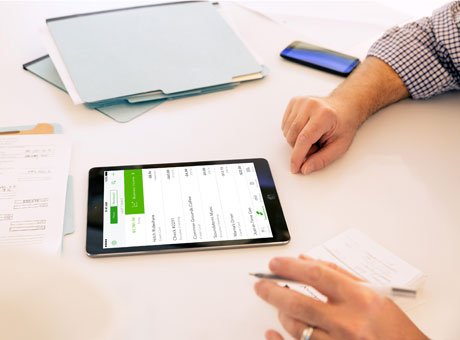There are numerous events that occur toward the end of an accounting period. These relate to income statement and balance sheet accounts. Although many of these steps are automated by an accounting system, it's important for small business owners to understand what exactly happens toward the end of the month, what's automatically performed by the system, and what entries are to be entered manually.

Wrapping Up: The Accounting Closing Process
Temporary Accounts (Income Statement)
When approaching the end of a period, include as many revenues and expenses earned in the appropriate period. This is a benchmark of the timing principle in which activity must be recorded in the period in which it occurs. In addition, expenses must be recorded in the same period as the revenue reported as defined by the matching principle. Therefore, ensure all invoices are entered whenever possible. Collect accrual figures from suppliers for works in process. Review transactions for cutoff thresholds to ensure the correct period is used. The income statement accounts are called temporary accounts because at the end of the year, these accounts are closed.
Permanent Accounts (Balance Sheet)
Permanent accounts should be actively managed to ensure the correct dollar amount is present. These balances don't go away unless written off; all changes in activity must be tracked and adjusted. For example, the dollar amount of inventory changes when inventory is purchased. The only way the value of this inventory can be changed is if an appraisal is performed and an adjusting entry reduces the value of the inventory. Therefore, as the end of a period approaches, review the value of assets. Record depreciation to reduce the carrying value of assets. Reconcile bank statements with the amount of cash being reported under current assets. Amortize prepaid assets to ensure the future benefit balance matches the remaining duration of the prepayment.
Trial Balances
When approaching the end of a period, prepare a trial balance to analyze the balances in every account. The trial balance ensures all debits equal credits. During the closing period, numerous adjustments are made and updated on an adjusted trial balance. Therefore, utilize these reports during the closing period to see what the balances were, the changes that have been made, and what the new balances are after adjustments.
Closing Entries
Utilizing accounting software automates the closing entry process. However, it's important to understand what exactly occurs when a previous period is closed. First, all revenue and expense accounts are closed to an account called an income summary. This reduces all income statement accounts to $0 so future periods can be accounted for with a clean slate. Then, the income summary account is closed to retained earnings, a component of equity on the balance sheet. By performing these steps, net income that has been earned and reported on the income statement is transferred over and reported as an ownership share as equity.


